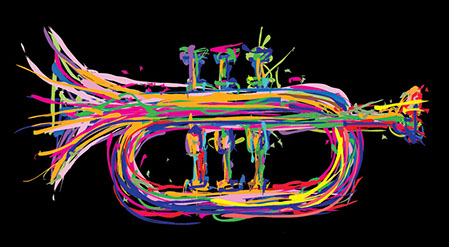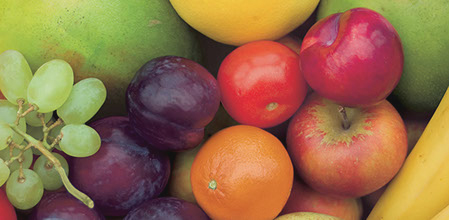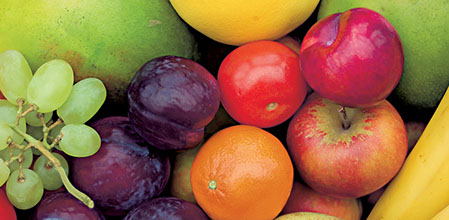High Definition Color for High Impact Printing
ColorMark High Definition Color & Printing
The human eye perceives a limitless range of subtle color variations, but traditional printing and color separation can only achieve a limited portion of that range. CMHD, our proprietary color system, is the solution for projects that truly need to take advantage of an increased tonal range.
CMHD defies limitations found within standard 4-color process. It assures maximum accuracy and reduces make-ready errors and time on press by printing at higher than traditional densities on standard offset presses.
Our patented CMHD process uses an innovative 4-color process to achieve intense, saturated color without compromising subtle flesh tones, neutrals and other details.
- CMHD simply produces more color by increasing the tonal range beyond the CMYK gamut (color range normally achieved with traditional 4-color offset printing).
- CMHD provides precision control over a significantly greater number of print variables.
- CMHD works on a Web-based platform that allows more effective collaboration between businesses, regardless of location.
CMHD Applications
CMHD was developed by a team of highly-experienced print tradespeople
dedicated to resolving the challenges of producing high density printing for clients
requiring high impact visual communications.
CMHD is perfectly suited for:
- showcasing fine art and photography
- expressing subtlety in beauty and fashion images
- demonstrating details in high-end products
- presenting gourmet foods and beverages
CMHD has many industry applications:
- Food service
- Automobile manufacturers and dealers
- Fashion, beauty and cosmetics
- Art publications
- Healthcare
- Travel & hospitality and many more
Unlike standard systems that typically use RGB and/or CMYK color models, CMHD uses all seven color families to manage image color. CMHD uses an unmatched 32 channels, allowing for the highest control of color ever seen using 4-color offset printing, while conventional printing uses only the four color channels (CMYK) for image compensation.
The patented software powering the CMHD system also solves the traditional color additive failure by allowing each printed image access to a 58% larger color gamut.
How It Works
CMHD In Action
With CMHD, drastic color and definition improvement is highly noticeable on any substrate; from a toothy vellum to the highest cast coated sheet.
CMHD may also be used digitally, to improve RGB images for the Web.
Click on any of the following to see a comparison of traditional SWOP color and CMHD color.
Achieve deeper reds without compromising the other colors in the CMYK process.

The reproduction of intense reds is a visual benchmark of traditional 4/C process, typically at the expense of other colors.

CMHD achieves deeper, more intese reds that jump off the page. Even the chromes seem more brilliant.
The images above are a digital simulation of the appearance when printed in traditional 4/C offset (left) and CMHD color (right).
Achieve more pronounced, almost three-dimensional, depth.

The photographer's attempt to create perception of depth is limited by traditional printing tools and techniques.

Using CMHD, the focal point of the image becomes more pronounced, almost three-dimensional.
The images above are a digital simulation of the appearance when printed in traditional 4/C offset (left) and CMHD color (right).
Achieve higher-impact color for more accurate color rendering.

Traditional 4/C process flattens the vibrancy of intense colors, detracting from the artist's original palette and vision.

Even in an image with minimal tonal graduations, CMHD provides high impact color for more accurate rendering.
The images above are a digital simulation of the appearance when printed in traditional 4/C offset (left) and CMHD color (right).
Achieve longer ranges of color beyond the limitations of standard inks.

The limitations of standard inks make it difficult to reproduce the subtle density variations that create a textured look.

With the longer range of CMHD inks, more realistic visual textures can be achieved throughout the printed image.
The images above are a digital simulation of the appearance when printed in traditional 4/C offset (left) and CMHD color (right).
Achieve more intense colors and more accurate fleshtones.

Finding the right balance between the higher intensity colors in the embroidery and fabric, without affect the flesh tones, has traditionally been a challenge.

Using CMHD, notice how the embroidery, ring and fabric have been intensified yet the flesh tones have been rendered naturally.
The images above are a digital simulation of the appearance when printed in traditional 4/C offset (left) and CMHD color (right).
See the CMHD difference for yourself!
Contact ColorMark today to see CMHD printing in action.
